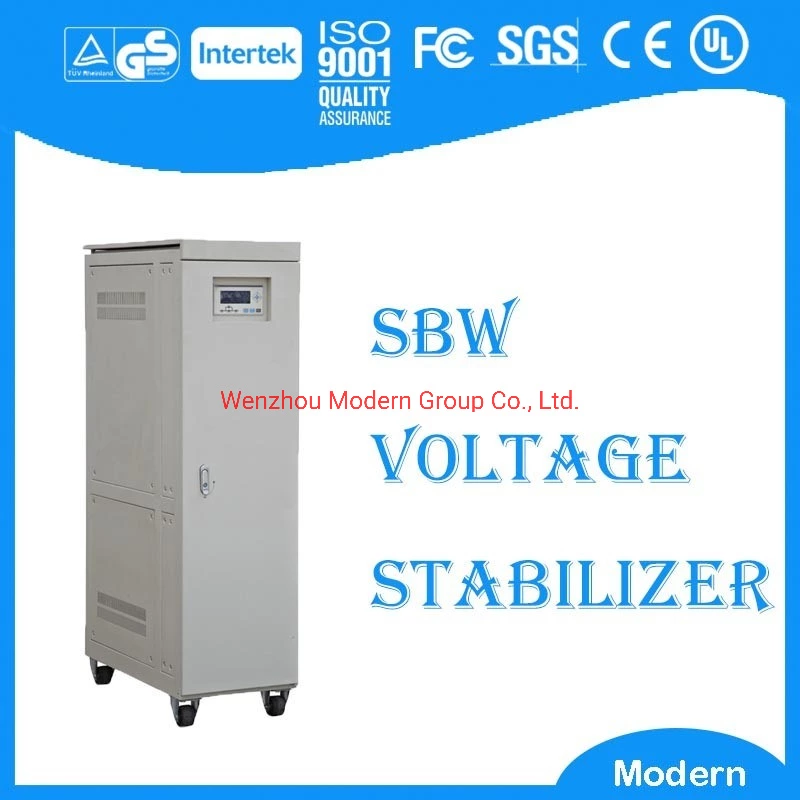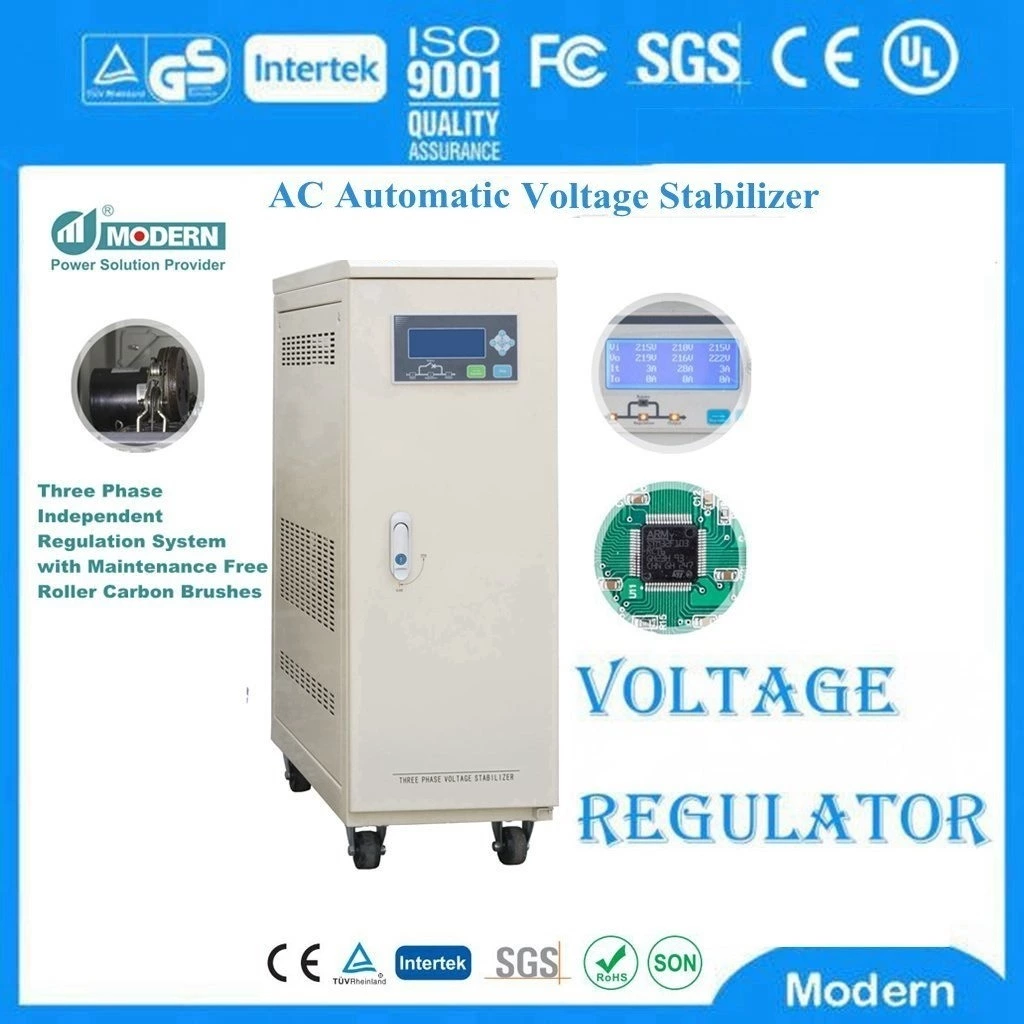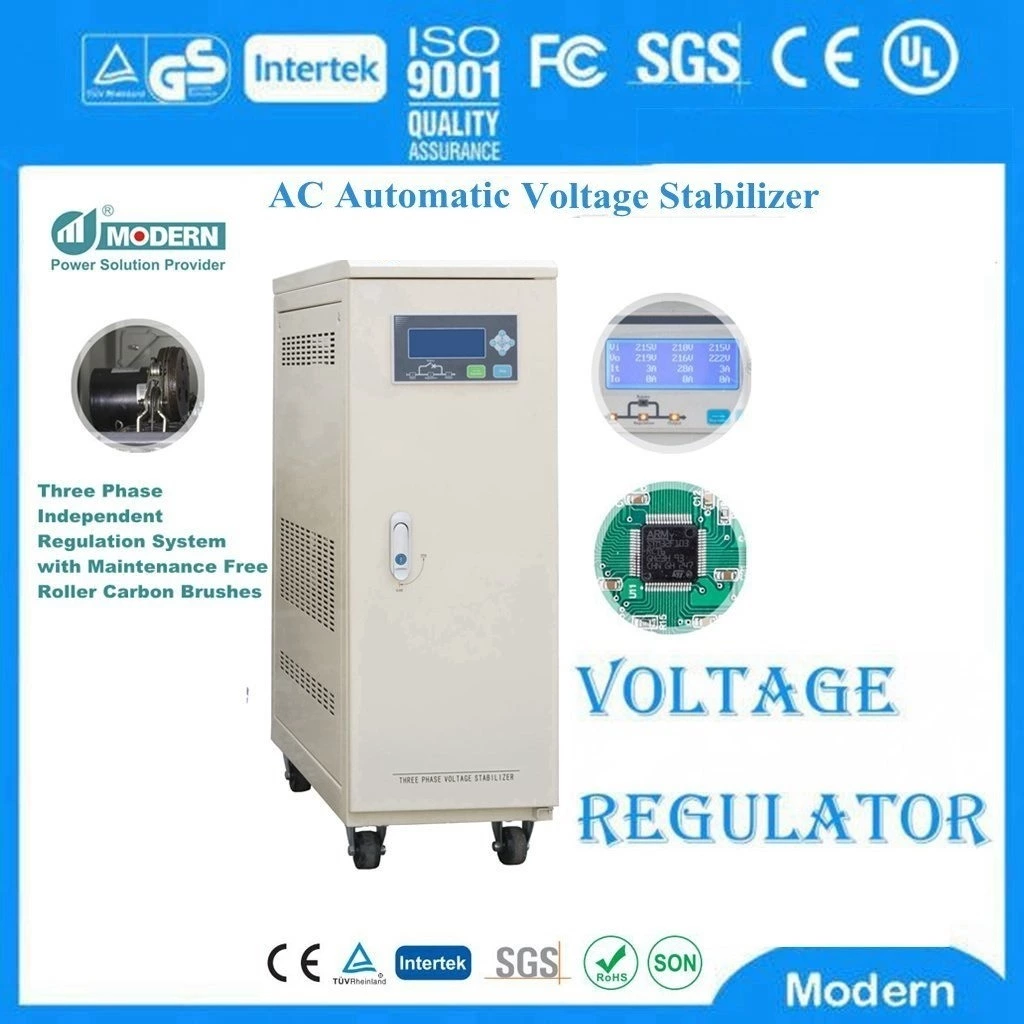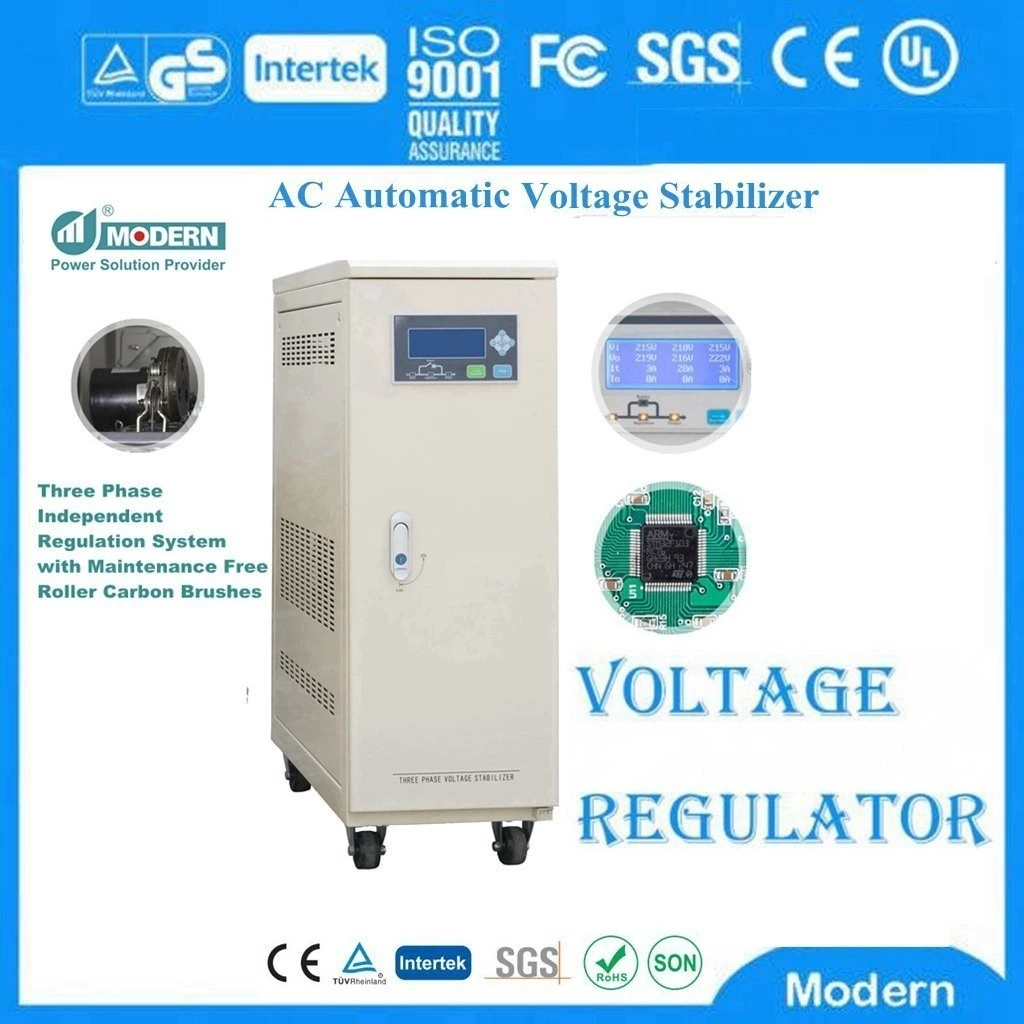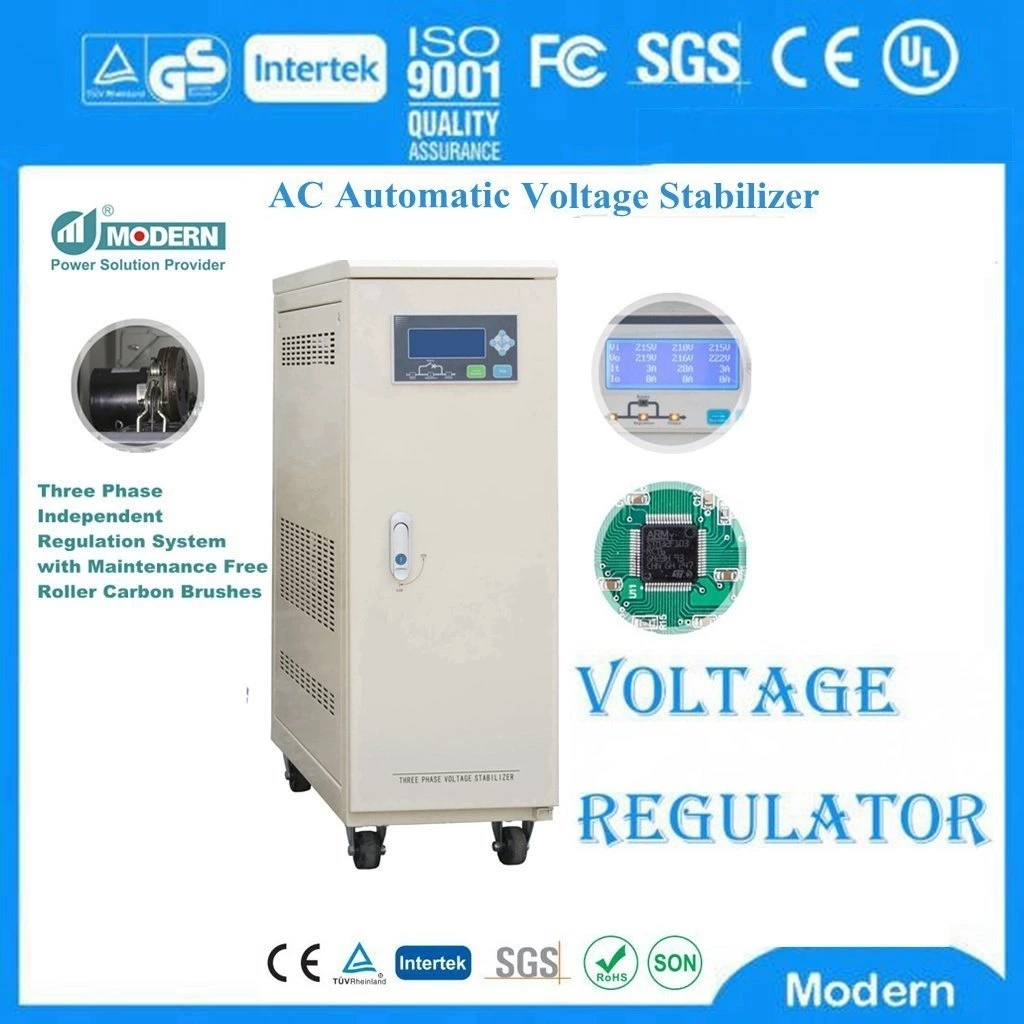Voltage Optimizer Summary
Voltage Optimizer Summary
In an optional non-limiting embodiment, the present application discloses a method for switching between different working modes of a power optimizer of a photovoltaic module, characterized in that any battery string group includes a plurality of photovoltaic modules connected in series, each photovoltaic module is configured with a power optimizer for performing maximum power point tracking, and the power optimizers corresponding to each photovoltaic module in each battery string group are connected in series to form a link to provide a string voltage;
The method comprises: transiently short-circuiting the string voltage provided by the link to which any power optimizer of the working mode to be switched belongs; detecting whether a transient short-circuit event occurs in the link, and the power optimizer of the working mode to be switched switches from one working mode to another working mode when a transient short-circuit event is detected.
The above method is characterized in that: transiently short-circuiting the string voltage provided by the link to which any power optimizer of the working mode to be switched belongs; detecting the change amount of a predetermined indicator induced by the short circuit of the string voltage in the transiently short-circuited link; when the change amount meets the preset change condition, the power optimizer of the working mode to be switched switches from one working mode to another working mode.
The above method is characterized in that: the predetermined index at least includes the transient short-circuit current flowing through the transient short-circuited link and/or the transient change rate of the string voltage of the transient short-circuited link.
The above method is characterized in that: the working mode of the power optimizer at least includes: a safety mode in which the output voltage of the power optimizer is continuously lower than the input voltage; and a power tracking mode in which the power optimizer makes the photovoltaic module paired with it work at the maximum power point.
The above method is characterized in that: the safety mode of the power optimizer at least includes: clamping the ratio of the output voltage of the power optimizer to the input voltage below a preset proportional relationship.
The above method is characterized in that: the power optimizer used as a switching mode power supply outputs the output voltage of the photovoltaic module paired with it after the DC voltage conversion is implemented; the way in which the power optimizer of the working mode to be switched from one working mode to another working mode includes: changing the switching operation frequency or duty cycle of the pulse width modulation signal used to drive the power optimizer, and the switching operation frequency or duty cycle of the pulse width modulation signal in the two different working modes is different.
The above method is characterized in that: the predetermined index induced by the short circuit of the string voltage in the link also includes: the statistical number of times the string voltage is short-circuited within a preset period of time meets the expected number of times.
The above method is characterized in that: each power optimizer includes a first and a second input terminal coupled to the positive and negative poles of a photovoltaic module and a first and a second output terminal including an output voltage, and its output capacitor is connected between the first and the second output terminals; in a link where multiple power optimizers are connected in series, the second output terminal of the previous power optimizer is coupled to the first output terminal of the adjacent next voltage conversion circuit; the output capacitors of the multiple power optimizers are connected in series with each other, and the string voltage provided by the link is equal to the superposition value of the voltages on the output capacitors of the multiple power optimizers in it.
The above method is characterized in that: a control switch is coupled between the first output terminal of the first first-stage power optimizer in the multiple power optimizers connected in series in the link and the second output terminal of the last-stage power optimizer at the end; the way of transiently short-circuiting the string voltage provided by the link is: disconnecting or quickly disconnecting after turning on the control switch, and continuous connection is not allowed.
The above method is characterized in that: when the link is transiently short-circuited, the control switch is turned on for an indicated time and then quickly disconnected; when the change amount of the predetermined indicator is detected to meet the preset change condition, and the duration of meeting the preset change condition is the same as the indicated time, the power optimizer of the working mode to be switched will perform the switching of the working mode.
In an optional non-limiting embodiment, the present application discloses a method for switching between different working modes of a power optimizer of a photovoltaic module, wherein a battery string group includes a plurality of photovoltaic modules connected in series; each photovoltaic module is configured with a power optimizer for performing maximum power point tracking; the power optimizers corresponding to each photovoltaic module in each battery string group are connected in series to form a link to provide a string voltage;
The method includes: transiently short-circuiting the string voltage provided by the link to which the power optimizer of the working mode to be switched belongs once or multiple times; the power optimizer of the working mode to be switched detects whether a transient short-circuit event occurs in the link, and uses the detected transient short-circuit event as a basis for switching from one working mode to another.
The above method is characterized in that: the method of detecting transient short circuit events includes detecting the change of a predetermined indicator induced by the short circuit of the string voltage; when the change satisfies the preset change condition, the power optimizer to be switched to the working mode switches from one working mode to another working mode.
The above method is characterized in that: the predetermined indicator at least includes the transient short circuit current flowing through the link that is transiently short-circuited and/or the transient change rate of the string voltage of the link that is transiently short-circuited.
The above method is characterized in that: the working mode of the power optimizer at least includes: a safety mode in which the output voltage of the power optimizer is continuously lower than the input voltage; and a power tracking mode in which the power optimizer makes the photovoltaic module paired with it work at the maximum power point.
The above method is characterized in that: the safety mode of the power optimizer includes: clamping the ratio of the output voltage of the power optimizer to the input voltage to a value lower than a preset proportional relationship.
The above method is characterized in that: the output voltage after DC voltage conversion is implemented by the power optimizer output of the photovoltaic module paired with the power optimizer used as a switch mode power supply; the way in which the power optimizer to be switched to implement different working modes includes: changing the switching operation frequency or duty cycle of the pulse width modulation signal used to drive the power optimizer, so that the switching operation frequency or duty cycle of the pulse width modulation signal in two different working modes is different.
The above method is characterized in that: detecting transient short circuit events also includes defining: the statistical number of times the string voltage is short-circuited within a preset period of time meets the expected number of times.
The above method is characterized in that: each power optimizer includes a first and second input terminal coupled to the positive and negative poles of a photovoltaic module and a first and second output terminal including an output voltage, and its output capacitor is connected between the first and second output terminals; in a chain of multi-stage power optimizers connected in series, the second output terminal of the previous stage power optimizer is coupled to the first output terminal of the adjacent next stage voltage conversion circuit; the output capacitors of the multi-stage power optimizers are connected in series with each other, and the total string voltage provided by the chain is equal to the superposition value of the voltages on the output capacitors of the multi-stage power optimizers in it.
The above method is characterized in that: a control switch is coupled between the first output end of the first first-stage power optimizer in the multi-stage power optimizers connected in series in the link and the second output end of the last-stage power optimizer at the end; the method of implementing transient short circuit on the string voltage provided by the link is: turning on the control switch and then quickly disconnecting it.
The above method is characterized in that: the method of detecting the transient short circuit event includes detecting the change amount of the predetermined index induced by the string voltage being short-circuited; and turning on the control switch for an indicated time and then quickly disconnecting the control switch; so that when the change amount of the predetermined index is detected to meet the preset change condition and the duration of the transient short circuit event is the same as the indicated time, the power optimizer to be switched to the working mode will perform the switching of the working mode.
In an optional non-limiting embodiment, the present application discloses a switching method for implementing the connection or removal of a photovoltaic component in a battery string group, wherein: the battery string group includes a plurality of photovoltaic components connected in series; each photovoltaic component is configured with an connection switch for coupling the photovoltaic component to the battery string group and a removal switch for shielding the photovoltaic component from the battery string group;
The method comprises: transiently shorting the string voltage provided by the battery string group to which the photovoltaic component to be switched belongs once or multiple times; the processor configured by the photovoltaic component to be switched detects whether a transient short circuit event occurs in the battery string group, and uses the detected transient short circuit event as a basis for judging whether to connect or remove the photovoltaic component from the battery string group.
The above method is characterized in that: the method of detecting the transient short circuit event includes detecting the change amount of a predetermined indicator induced by the short circuit of the string voltage; when the change amount meets the preset change condition, the photovoltaic component to be switched switches from one mode of connection or removal to another mode.
The above method is characterized in that: the predetermined index at least includes the transient short-circuit current induced by the transient short-circuit and/or the transient change rate of the string voltage caused by the transient short-circuit.
The above method is characterized in that: the detection of the transient short-circuit event also includes defining that: the statistical number of times the string voltage is short-circuited within a preset period of time meets the expected number of times.
The above method is characterized in that: the switching module for realizing the connection or removal of each photovoltaic component from the battery string group includes: the first and second input terminals and the first and second output terminals; the first and second input terminals are respectively coupled to the positive and negative poles of the corresponding photovoltaic components; the connection switch is coupled between the first input terminal and the first output terminal or between the second input terminal and the second output terminal; the removal switch is coupled between the first output terminal and the second output terminal; when the multi-stage switching modules are connected in series, the second output terminal of any previous stage switching module is coupled to the first output terminal of the adjacent next stage switching module; so that the total string voltage provided by the multi-stage switching module is equal to the superposition value of the voltage between the first output terminal of the first first stage switching module and the second output terminal of the last stage switching module.
The above method is characterized in that: when all photovoltaic modules in the battery string group are bypassed and short-circuited by their respective removal switches, or when at least a part of the photovoltaic modules are bypassed and short-circuited by their respective removal switches, the photovoltaic module switches from the removal mode to the access mode by generating a potential difference on the battery string group and injecting current into the battery string group, and returning to the access mode when the processor configured by the photovoltaic module senses the injected current.
The above method is characterized in that: any switching module is coupled with a shunt for sensing the injected current between its first output end and the second output end of the previous switching module; or any switching module is coupled with a shunt for sensing the injected current between its second output end and the first output end of the next switching module.
The above method is characterized in that: any photovoltaic module is provided with an energy storage capacitor to power the processor configured therefor, and the energy storage capacitor is charged from the positive pole of the photovoltaic module through a unidirectional transmission diode.
The above method is characterized in that: a control switch is coupled between the first output end of the first first-stage switching module in the multi-stage switching modules connected in series and the second output end of the last-stage switching module at the end; the method of implementing transient short-circuiting on the string voltage provided by the battery string group is: the control switch is turned on and then quickly disconnected.
The above method is characterized in that: the method of detecting the transient short-circuit event includes detecting the change amount of the predetermined index induced by the string voltage being short-circuited; and the control switch is turned on for an indicated time and then quickly disconnected; so that when the change amount of the predetermined index is detected to meet the preset change condition and the duration of the transient short-circuit event is the same as the indicated time, the photovoltaic component to be switched will execute the mode switching.

 Русский
Русский
 Français
Français
 Português
Português
 Español
Español
 اللغة العربية
اللغة العربية
